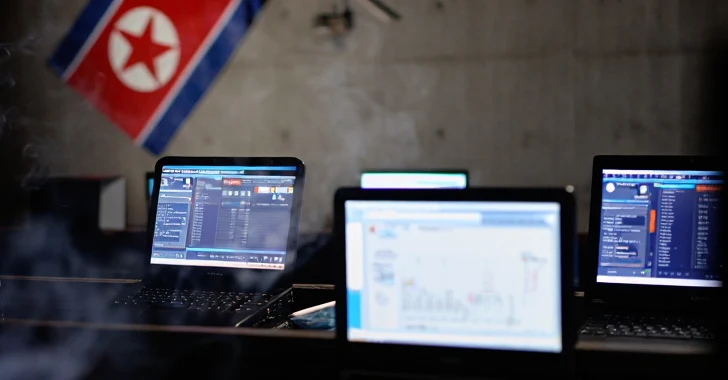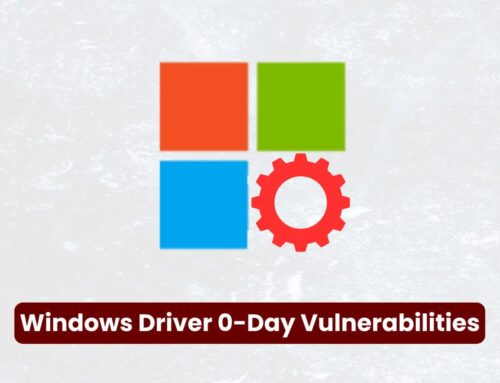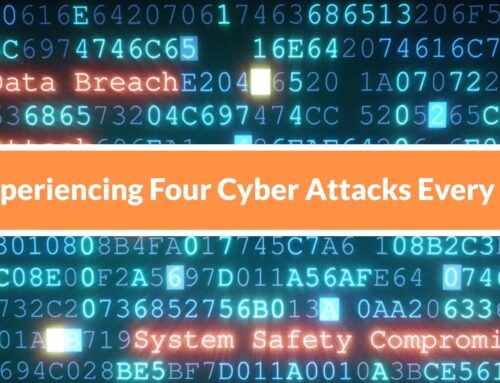
N. Korean Hackers Used Job Lures, Cloud Account Access, and Malware to Steal Millions in Crypto
The digital frontier is constantly under siege, and the latest reports confirm a deeply concerning trend: North Korean state-sponsored threat actors are employing sophisticated social engineering tactics to pilfer millions in cryptocurrency. UNC4899, a group linked to the Democratic People’s Republic of Korea, has demonstrated a refined approach to breaching organizational defenses, primarily by exploiting human trust and leveraging cloud infrastructure. This ongoing campaign underscores the critical need for robust security awareness and technical safeguards against increasingly cunning adversaries.
The Deceptive Lure: How UNC4899 Operates
UNC4899’s methodology showcases a calculated blend of social engineering and technical exploitation. Their primary vector for initial access involves impersonating legitimate recruiters or project managers. They actively seek out employees of target organizations on platforms like LinkedIn and Telegram, offering seemingly attractive freelance software development opportunities.
The critical phase of their attack unfolds when they convince a targeted employee to execute malicious Docker containers. Docker, a popular platform for developing, shipping, and running applications in containers, offers an isolated environment. However, when manipulated by threat actors, it becomes a potent tool for stealthy compromise. By enticing employees to run these containers under the guise of demonstrating their coding prowess or working on a project, UNC4899 gains an initial foothold within the victim’s environment. This bypasses traditional perimeter defenses, highlighting the human element as the weakest link.
From Docker to Cloud Dominance: The Attack Chain
Once the malicious Docker container is executed, UNC4899 proceeds with a multi-stage attack. The containers are engineered to:
- Perform Reconnaissance: Gather information about the victim’s network, connected systems, and user credentials.
- Establish Persistence: Create backdoors or install persistent malware to maintain access even after the initial compromise is detected or the system is rebooted.
- Credential Theft: Sophisticated techniques are employed to harvest login credentials, especially those pertaining to cloud accounts. Given the increasing reliance on cloud infrastructure for critical business operations and data storage, compromising these accounts grants UNC4899 extensive access to sensitive information and financial assets.
The ultimate goal of these operations is financial gain through cryptocurrency theft. By gaining access to cloud environments, especially those managing or interacting with cryptocurrency exchanges or wallets, UNC4899 can execute unauthorized transactions and funnel funds to their controlled addresses.
Implications for Organizations and Individuals
This campaign by UNC4899 carries significant implications:
- Erosion of Trust: The use of professional networking platforms like LinkedIn for attack vectors can erode trust in these platforms, making legitimate recruiters and opportunities appear suspicious.
- Supply Chain Risk: The compromise of employees working on software development, especially those involved in open-source projects or third-party integrations, could introduce supply chain risks to other organizations.
- Financial Losses: Direct theft of cryptocurrency results in significant financial losses for individuals and organizations.
- Reputational Damage: Being a victim of such an attack can severely damage an organization’s reputation and client trust.
Remediation Actions and Proactive Defenses
Protecting against sophisticated social engineering attacks and subsequent technical exploitation requires a multi-layered approach. Organizations and individuals must prioritize both human awareness and technical safeguards.
- Rigorous Employee Training: Conduct regular, hands-on training sessions focusing on recognizing social engineering tactics, especially those involving unsolicited job offers or project collaborations. Emphasize verification processes for all external communications.
- Zero-Trust Architecture: Implement a Zero-Trust security model, where no user or device is inherently trusted, regardless of their location. Verify every access request and enforce least privilege.
- Endpoint Detection and Response (EDR): Deploy EDR solutions to monitor endpoints for suspicious activities, including unauthorized Docker container executions, unusual network connections, and credential access attempts.
- Cloud Security Posture Management (CSPM): Continuously monitor and manage cloud environments to identify and remediate misconfigurations, insecure access policies, and suspicious activities.
- Multi-Factor Authentication (MFA): Enforce MFA for all accounts, especially those with access to sensitive systems, cloud resources, and cryptocurrency wallets. This significantly reduces the impact of stolen credentials.
- Email and Messaging Security: Implement advanced email and messaging security solutions to detect and block phishing attempts and suspicious links originating from compromised accounts or deceptive identities.
- Application Whitelisting: Restrict the execution of unauthorized applications and executables, including unverified Docker images. Only allow approved applications to run on corporate systems.
- Regular Security Audits: Perform frequent security audits and penetration tests to identify vulnerabilities in systems, applications, and processes before adversaries can exploit them.
- Incident Response Plan: Develop and regularly exercise a comprehensive incident response plan to ensure a rapid and effective response to security breaches.
Relevant Tools for Detection and Mitigation
| Tool Name | Purpose | Link |
|---|---|---|
| Osquery | Endpoint visibility and threat detection by querying OS data. | https://osquery.io/ |
| Microsoft Defender for Endpoint | Comprehensive EDR, vulnerability management, and threat intelligence. | https://www.microsoft.com/en-us/security/business/endpoint-security/microsoft-defender-for-endpoint |
| Wiz | Cloud Security Posture Management (CSPM) and Cloud Workload Protection Platform (CWPP). | https://www.wiz.io/ |
| Okta / Duo Security (Cisco) | Leading MFA and access management solutions. | https://www.okta.com/ https://duo.com/ |
| Docker Scout | Security scanning for Docker images and container environments. | https://www.docker.com/products/docker-scout/ |
Conclusion
The UNC4899 campaign serves as a stark reminder that cyber adversaries are constantly evolving their tactics. Their exploitation of social engineering combined with technical exploits through platforms like Docker and subsequent cloud account compromise demonstrates a sophisticated and effective attack methodology. For organizations and individuals alike, vigilance, robust security training, and the implementation of advanced security controls are no longer optional but essential for safeguarding digital assets and maintaining operational integrity in an increasingly hostile cyber landscape.





